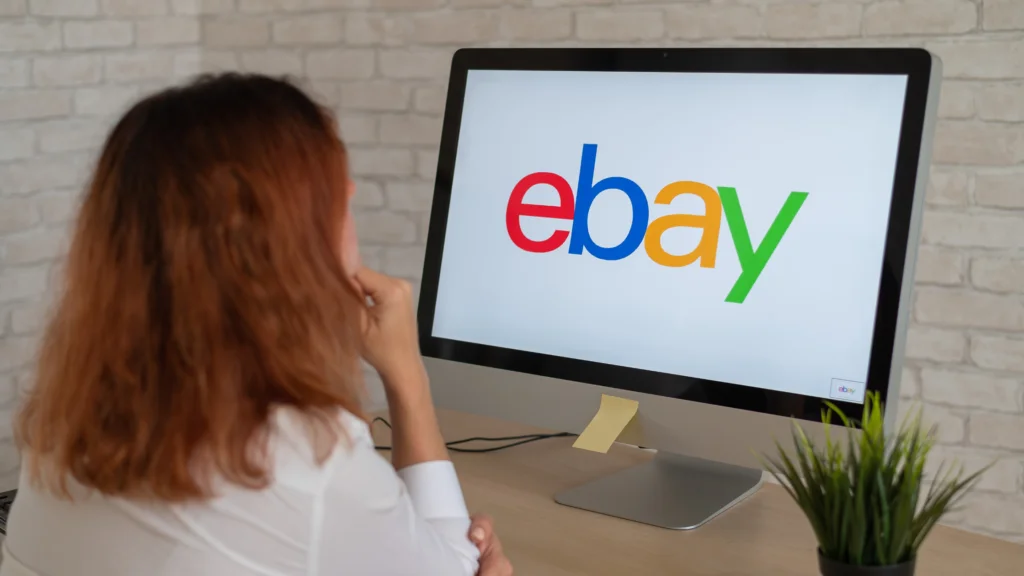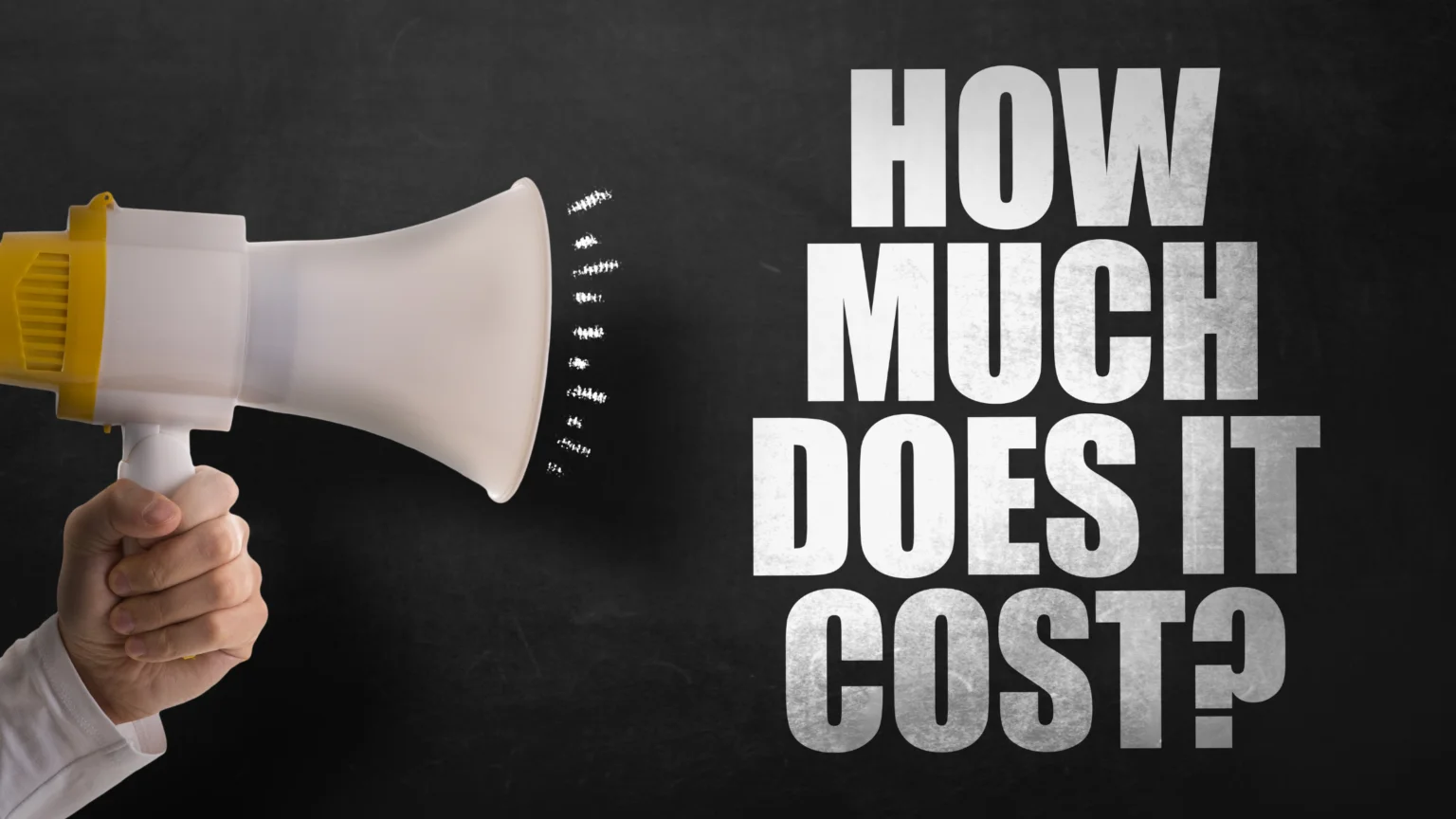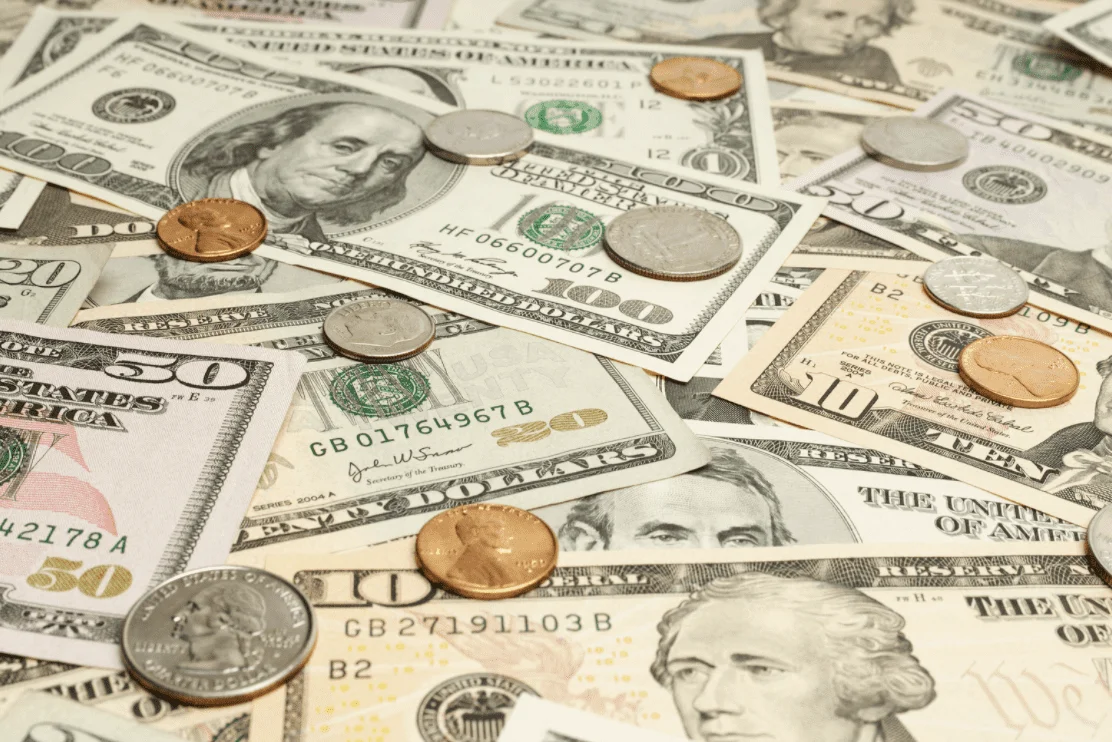If you are an eBay seller, it’s essential to understand the fees associated with each sale. eBay charges sellers a percentage of the total amount of the sale and additional fees depending on various factors. Knowing these fees can help you better plan and strategize your selling ventures on the platform.
The main fee eBay charges sellers is the final value fee, which is determined as a percentage of the total sale amount, plus $0.30 per order. The total sale amount includes the item price, handling charges, shipping service selected by the buyer, sales tax, and any other applicable fees. This percentage varies based on the item category and listing format, so it’s important to be aware of the specific fees associated with your products.
In addition to the final value fee, there may be other fees related to listing upgrades, store subscriptions, or promotion fees. Understanding these costs can help you determine the best way to sell your items on eBay and achieve the optimal profit margin.
Understanding eBay Fees

When selling on eBay, it’s essential to familiarize yourself with the various fees involved. In this section, you’ll gain insight into the different types of fees, eBay fee categories, and how fees are calculated based on your sales.
Fee Types
eBay charges various fees when you sell items on their platform. The primary fees you’ll encounter are:
- Insertion Fee: This is the fee to list your item on eBay, which varies depending on the category, listing format, and optional add-ons.
- Final Value Fee: Once your item sells, eBay takes 13.25% of the sale price or lower, plus $0.30 per order. This fee is influenced by the item’s category and selling format.
eBay Fee Categories
eBay’s fees are applied differently depending on the item category and whether you’re using auction-style or fixed-price listing formats. Here’s an outline of how fees are categorized:
- Auction-style listings: You may receive a limited number of free listings per month and will be charged an insertion fee for additional listings.
- Fixed-price listings: Insertion fees typically apply, with the possibility of free listings if you have an eBay Store subscription.
- eBay Store subscriptions: If you have a store subscription, you may receive discounts or additional perks on insertion and final value fees.
Fee Calculation
To calculate your total fees and potential profits, consider the following factors:
- Item cost: Your item’s purchase or production cost, which impacts your profits.
- Listing fees: The cost of creating a listing, including optional add-ons like subtitles or listing upgrades.
- Final value fee: As mentioned, eBay takes 13.25% of the sale price or lower, plus $0.30 per order.
- Shipping fees: If you charge shipping, ensure it’s included in your calculation. If offering free shipping, account for the cost in your item pricing.
- Sales tax: If eBay collects sales tax on your behalf, factor it into your overall cost.
Keep in mind, it’s crucial to understand eBay’s fees and how they apply to your sales, as they directly impact your profits. With this knowledge, you can make informed decisions about your pricing, listing formats, and item categories to maximize your eBay selling experience.
Ebay Fee Breakdown by Category
In this section, we’ll give you a brief overview of eBay selling fees across different categories in a concise and easy-to-understand manner.
Electronics
When selling electronics on eBay, you can expect to pay the following fees:
- Insertion Fee: Free for up to 250 listings per month; $0.35 per listing beyond that
- Final Value Fee: Varies based on listing format and category (typically between 12.9% and 15% of the item’s price)
Clothing and Accessories
For clothing and accessories, eBay charges the following fees:
- Insertion Fee: Same as Electronics
- Final Value Fee: Similar to Electronics, this percentage can vary depending on your listing format and category.
Vehicles
Selling vehicles on eBay involves a different fee structure:
- Insertion Fee: Varies depending on your listing type and vehicle category; refer to eBay’s fees page or vehicle fee calculator for specifics
- Final Value Fee: None; however, there may be additional fees when selling in certain categories (consult eBay’s fees page for details).
Collectibles and NFTs
For collectibles and NFTs, expect to pay the following fees:
- Insertion Fee: Same as Electronics
- Final Value Fee: Similar to other categories, this percentage can vary depending on your listing format and category.
Media and Entertainment
When selling media and entertainment items (books, DVDs, CDs, etc.), the fees include:
- Insertion Fee: Same as Electronics
- Final Value Fee: Varies based on listing format and category, generally falling between 12.9% and 15%.
Home and Garden
For home and garden items, you’ll encounter the following fees:
- Insertion Fee: Same as Electronics
- Final Value Fee: Similar to Media and Entertainment, expect fees within the range of 12.9% and 15%.
Sporting Goods and Equipment
Lastly, when selling sporting goods and equipment, you’ll find the following fees:
- Insertion Fee: Same as Electronics
- Final Value Fee: Varies based on listing format and category; typically in the 12.9% – 15% range.
Keep in mind that eBay fees may fluctuate depending on listing format, category, and other variables. For the most accurate information, consult eBay’s fee structure for sellers. Remember to factor in PayPal processing fees if applicable.
Frequently Asked Questions
Ebay fees on a sale?
Ebay charges two main types of selling fees: an insertion fee when you create a listing and a final value fee when your item sells. These fees depend on the item’s price, the format and category you choose for your listing, any optional listing upgrades you add, and your seller conduct and performance.
Final value fees?
Final value fees are a percentage of the total sale price (including shipping). The rate varies depending on the category and options selected. For most items, it’s 13.25% on the first $7,500 and 2.35% afterwards. Keep in mind, these percentages may differ slightly depending on the category of the item.
No sale – fees?
If your item doesn’t sell, you won’t be charged a final value fee. However, you will still be responsible for the insertion fee and any optional listing upgrade fees.
Ebay fees for electronics?
Fees for electronics can vary depending on the specific category of the electronic item. Generally, they follow the same structure as other items with a 13.25% final value fee on the first $7,500 of the sale, and 2.35% afterwards. Make sure to check the fee structure for your specific item’s category.
PayPal fees?
If you use PayPal to receive payments for your eBay sales, there are separate fees associated with these transactions. PayPal charges a fixed fee based on the currency received, plus a percentage of the transaction amount. For example, within the US, you can expect a 2.9% fee plus $0.30 per transaction.
Ebay fees on $1000?
Assuming an item sells for $1,000 in a general category, the final value fee would be 13.25% on the first $7,500. Therefore, your final value fee would be $132.50 ($1,000 * 13.25%). This doesn’t include any insertion or optional listing upgrade fees that may apply.




I want to sell essential oils from raw materials on my own property I make them out of. I’m just wondering if it’s better to create my own website right off the bat? or sell on Ebay, Etsy or other platforms first? I’m a one man show but figured I could bring in anywhere from a supplemental 20 k a year from seasonal windows of harvest up to 100 k or more plus I have 71 varieties of plants in my quarter acre kitchen garden and I save a lot of excess seed from more than half of those plants from vegetables and perennial fruit and herbs.
Starting on platforms like eBay or Etsy can be a good initial step for your essential oils business. These sites offer a large existing customer base, ease of use, and lower upfront costs. This approach allows you to test the market and build a customer base with less risk. As your business grows, you can then consider creating your own website for greater brand control and scalability. This phased approach is especially practical for a one-man operation.